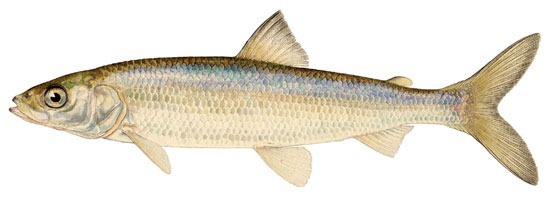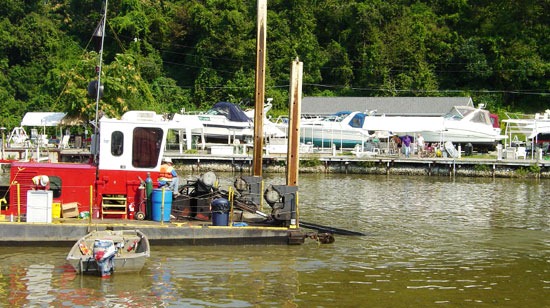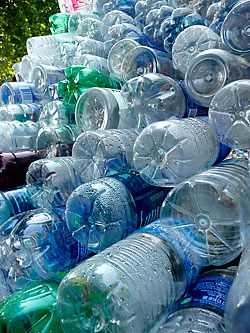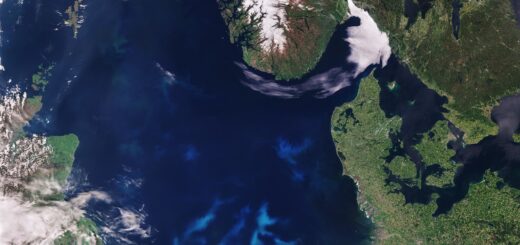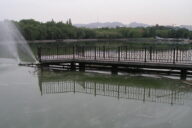Oil may soon be gone, but tons of PCB-contaminated sediment remain in Kalamazoo River
0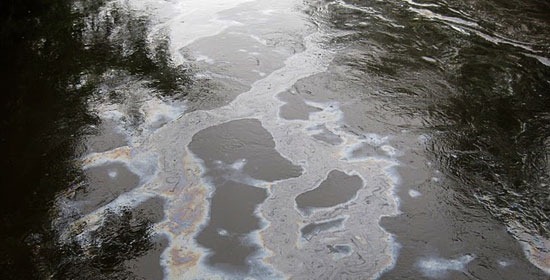
Long before the Kalamazoo River was flooded with roughly 1 million gallons of crude oil this summer, it was already listed as a Great Lakes Area of Concern for a much more widespread problem.
When Canadian pipeline company Enbridge Inc.’s line 6B ruptured, oil gushed into a tributary of the Kalamazoo River, which flows directly into Lake Michigan. The pipeline carries approximately 8 million gallons of oil per day from Griffith, Ind., to Sarnia, Ontario. The oil spill was considered one of the worst ever in the Midwest and gained the attention of national news media; the cleanup operation has been rapid.
However, an estimated 9 million cubic yards of river-bottom sediment that are saturated with harmful polychlorinated biphenyls, or PCBs, seem to go relatively unnoticed. The contamination is the legacy of paper production and recycling companies that operated along the river in the 1950s and ‘60s. PCBs contaminate a stretch of the river almost three times as long as the zone affected by the oil spill, according to the Kalamazoo Gazette.
The Environmental Protection Agency designated this 80-mile stretch of the river as a federal Superfund site in 1990, and the contaminated portion is listed as one of the 10 areas of concern in the Lake Michigan watershed, among the total 43 Great Lakes AOCs.
An EPA official has expressed hope that the oil spill, which occurred in late July, will draw much-needed attention to this pressing issue.
“It’s my intention to be aggressive in de-listing as many ‘areas of concern’ in the region as possible,” Susan Hedman, regional administrator for the EPA’s Region 5, told the Kalamazoo Gazette. “The PCB issue on the Kalamazoo River is a problem that needs to be addressed through significant collaboration.”
Despite being identified as a pollution hotspot for decades, progress to dredge the contaminated sediments has been slow because of funding issues. This draws a stark contrast to the efforts aimed at cleaning up the oil spill. The EPA gave Enbridge Inc. until Sept. 27 to clean up the surface oil caused by the company’s ruptured pipeline. Enbridge has vowed to cover all costs of the cleanup and mobilized 1,500 workers to remove the oil. The company estimates that the cost of the cleanup effort will be between $350 million and $450 million.
As a Superfund site, however, the PCB cleanup effort has dragged on. Superfund law requires that the largest portion of funding for cleanup efforts must come from the companies responsible for the pollution. That means it’s difficult or impossible for the project to tap into the $475 million Great Lakes Restoration Initiative of the Great Lakes Legacy Act.
The first major PCB dredge didn’t take place until 2007, when a 1.5 mile stretch of the river was cleaned up. The $25 million project came after years negations between government agencies, including the EPA, and two companies linked to the pollution. Many are concerned there simply isn’t a sense of urgency to finally remove the tons of toxic PCBs.
How do you think funding issues for the cleanup should be resolved? Share you thought in the comments below.
Oil spill refocuses attention on Kalamazoo River pollution [Kalamazoo Gazette]
Image Credit: http://www.flickr.com/photos/sierraclub/4842004022/sizes/o/in/photostream/




